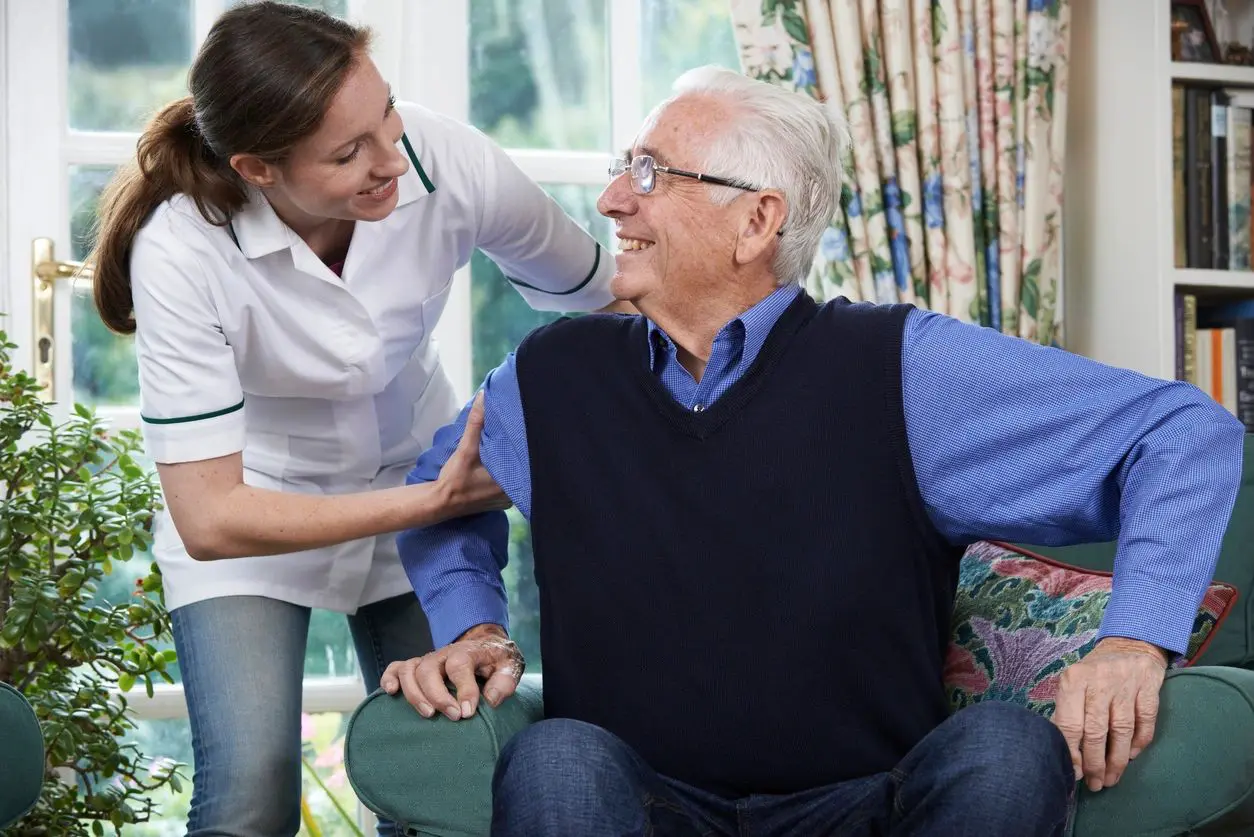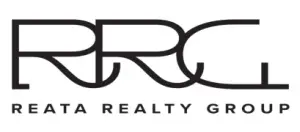
Assisted Living
About three-quarters of those age 85 and older report some degree of permanent limitation in performing ADLs.
Assisted-living facilities provide a residence for those who need help with daily activities such as cooking, housekeeping, and transportation, as well as personal care such as bathing, dressing, grooming, and eating. They are best suited for those who are ambulatory and do not need nursing care but cannot live on their own. Living arrangements are usually a small apartment or a single or double room, which offers more privacy than a nursing home environment but less than congregate housing.
Assisted-living facilities should be expected to offer:
- Laundry services
- Transportation
- Personal care
- Housekeeping
- Shopping
- Exercise classes(usually seated)
- Help with medications
- Activities (social, religious, educational)
- Three meals daily with provisions for low-sodium, diabetic, and heart- healthy menus
WHEN IS ASSISTED LIVING THE RIGHT OPTION?
Some signs that indicate a need for assistance include:
- Personal hygiene declines, such as not bathing, wearing the same clothes, or sleeping in clothes.
- Responses to questions about well-being are passive.
- A home that was formerly neat becomes disordered and dirty.
- The refrigerator and pantry look empty,or an over-reliance on take- out food becomes apparent.
- Lethargy or fatigue replaces activity.
- Forgetfulness that causes peril,such as food left cooking on the stove, phone off the hook, bills unpaid, and medications skipped.
